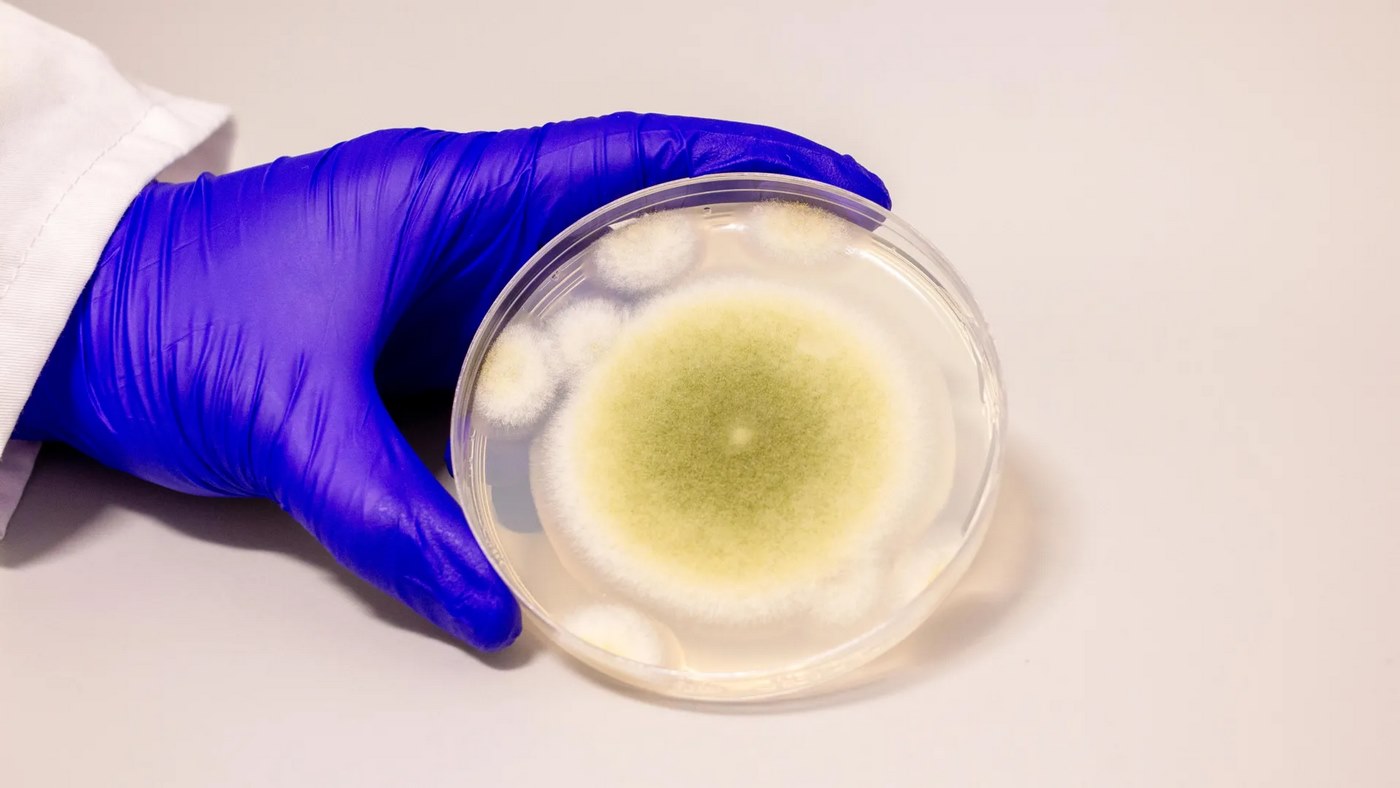PHILADELPHIA – A deadly fungus once linked to ancient tomb deaths may now offer hope in the fight against leukemia. Researchers have harnessed a new class of molecules from Aspergillus flavus, a toxic crop fungus, to develop a compound that shows significant promise against leukemia cells.
Immediate Impact of the Discovery
The breakthrough compound, derived from the notorious fungus associated with the excavation of Tutankhamun’s tomb, rivals existing FDA-approved drugs in its effectiveness. This development marks a new frontier in fungal-based medical treatments.
“Fungi gave us penicillin,” says Sherry Gao, Presidential Compact Associate Professor at the University of Pennsylvania. “These results show that many more medicines derived from natural products remain to be found.”
Key Details Emerge
The study, published in Nature Chemical Biology, highlights the potential of ribosomally synthesized and post-translationally modified peptides, or RiPPs, found in Aspergillus flavus. These peptides are synthesized by ribosomes, cellular structures that produce proteins.
According to Qiuyue Nie, a postdoctoral fellow and the study’s first author, purifying these chemicals is challenging. While thousands of RiPPs have been identified in bacteria, they are rare in fungi due to past misidentifications.
Industry Response
The pharmaceutical industry is taking note of this novel approach. The synthesis of these compounds is complex, but their bioactivity is remarkable, offering potential for new drug development.
“Knowing that lipids can affect how this gene transports chemicals into cells gives us another tool for drug development,” says Nie.
By the Numbers
– Asperigimycins, the newly discovered molecules, demonstrated significant effects against leukemia cells.
– Two of the four variants showed potent activity.
– A variant with added lipids performed as well as cytarabine and daunorubicin.
Background Context
After the opening of King Tutankhamun’s tomb in the 1920s, a series of mysterious deaths among archaeologists fueled rumors of a pharaoh’s curse. Decades later, doctors suggested that dormant fungal spores might have been to blame.
In the 1970s, a similar incident occurred when scientists entered the tomb of Casimir IV in Poland, where Aspergillus flavus was found to be present.
Expert Analysis
Experts believe that the discovery of asperigimycins could lead to more breakthroughs in fungal RiPPs. The unique structure of these molecules, characterized by interlocking rings, is critical to their medical potential.
“This is an unexplored region with tremendous potential,” says Nie. “Almost all discovered RiPPs have strong bioactivity.”
What Comes Next
The research team plans to continue exploring fungal RiPPs, utilizing their novel approach of combining metabolic and genetic information to pinpoint sources of these compounds. The goal is to uncover more fungal-derived medicines.
Sherry Gao emphasizes the importance of this research: “Nature has given us this incredible pharmacy. It’s up to us to uncover its secrets. As engineers, we’re excited to keep exploring, learning from nature, and using that knowledge to design better solutions.”
This discovery not only represents a potential breakthrough in leukemia treatment but also underscores the untapped potential of natural sources in modern medicine.
